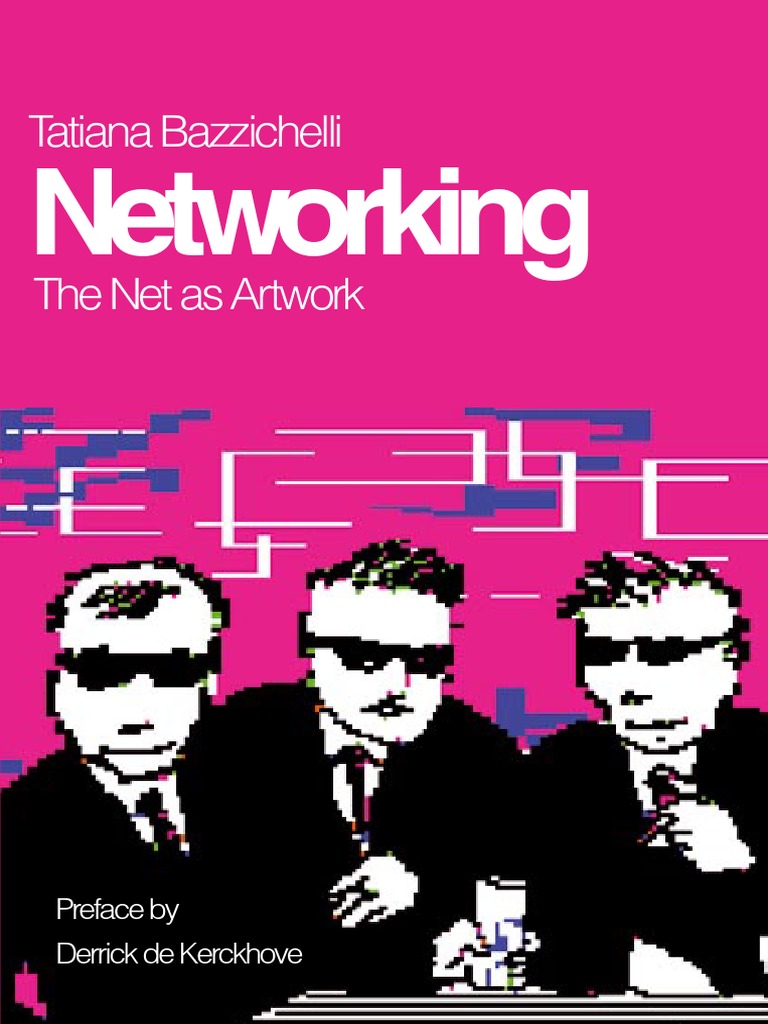“One of the most acclaimed Eastern European directors of the late 1960s, Miklos Jancsó became known for his abstract long-take style which explored the intersections of power, politics, history, and myth. (“Radical form in the service of radical content,” as the Village Voice film critic, James Hoberman, put it back then.) Now that the Beacon Cinema in Columbia City is hosting a retrospective of six of his films (including Red Psalm, which won him the best director prize at the 1972 Cannes Film Festival), Red May has invited three film scholars–Eszter Polonyi, Zoran Samardzija, and Steven Shaviro—to discuss Jansco’s boldly stylized film language with Tommy Swenson, Film Curator of the Beacon Cinema“. (YT channel)
Among the films by Miklos Jancsó discussed:
The Round-Up (1965) The Red and the White (1967) The Confrontation (1968) Winter Wind (1969) Red Psalm (1971) Electra, My Love (1974) as well as many of his later (ignored by the Western film publics and critics) from the 80s and 90s.
As a person from the former East – I find it both satisfying at the same time – when one of the most important film directors to have come from Eastern Europe gets the due recognition and sparks such fruitious exchanges as the above (hosted by Red May red arts, red theory, and red politics show from Seattle) – and also frustrated by the fact that his movies are tough to find/watch on the net. I am also emboldened to post this here – as we live at a time where the East and West left seem irredeemably split around Russia’s aggression of Ukraine. There are many receptions of his Jancso’s films – both in the West (in France in particular) as well as different reception in the West than from his native Hungary (as Eszter Polonyi makes amply clear above). It is impossible to give due attention to all what’s been discussed above but here are are some attempts:
- One cannot split Jancso’s oeuvre into his modernist middle works appreciated by Western film critics (roughly 60s and 70s) from his early more social realist documentaries (one would say ‘progagandist’ 1950s work). He is not anti-system but part of the system while still continuing the negative dialectics. Although it is about two different media (one is cinema and the other painting) and different historical periods I still see here a similarity with the late-reception of Hans Matthis-Teutsch work and the selection mechanism that has somehow frozen a canonic take of him. I think that the reappraisal of the work of avant-garde Hungarian-Romanian painter Hans Mattis-Teutsch by visual artist and researcher Szilárd Miklós during a show at Scena9 BRD and Lajos Kassák Museum in Budapest comes close to how commercial galleries and art collectors have tended to separate or recover (and sell): the avant-garde core. All the questions about a (red) modernist art that has been supported by the state institutions during the Socialist times put his work apart from his modernist peers in the West. The art cinema enclave of the West modernist directors worked against and outside the Hollywood system (Godard, Antonioni, etc.). There is also – the possibility that Jancso would not have the same reception at Cannes today – considering the fact that today’s art cinema has become a sort of globalized product in itself (Zoran Samardzija).
- Miklos Jancsó’s work is not at all easy to place, even if influenced by Antonioni, it does stand on its own. It is doubly interesting because it is made not in a reactionary frame, but as a critique (Miklos Jancsó is a pessimist) from the LEFT of the Socialist project without renouncing critique by envisioning that a better or another world is possible.
- Formally he is also unique (following the points made by Steven Shaviro and others on the panel). There is nothing comparable even if one can pick on contemporary work by Lazlo Nemes or Bela Tarr. In the way he combines the fluidity of time-space Miklos Jancsó where free rhythmicities exist (“the life of matter”) with being both rigid and formalist plus having a political power structure overlay, it is hard to find similarities or attach him any labels. With his long-take his cinema work appears related to the minimalist slow cinema – yet he is doing something completely different (from Chantal Ackerman in Jeanne Dielman) because there is a lot of going on, a lot of uncontrollable (documentarian? – as Eszter put it) elements, animals going in and out of the frame and basically a lot of things happening at the same time.
- Some of Jancso’s work in Hungary comes close to the NSK/Laibach 1980s way that confronted the Yugoslav state not with its ‘humanistic’ or anti-nationalist side but with its nationalistic and authoritarian side (an edge that was later lost during the post-1989 Yugoslav wars). There is something even an ironic attitude similar to the post-modern use of irony in his later movies. These contradictions and refusal of easy closures (or synthesis) can be followed in his less known, Italian movies – that seem much less elaborate and low-budget than his Hungarian ones (La tenica del rito, Rome wants another Caesar).


